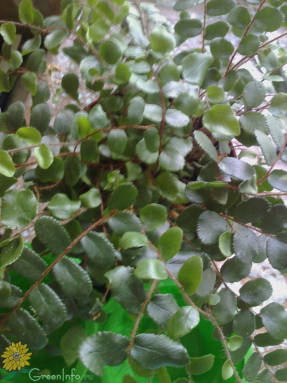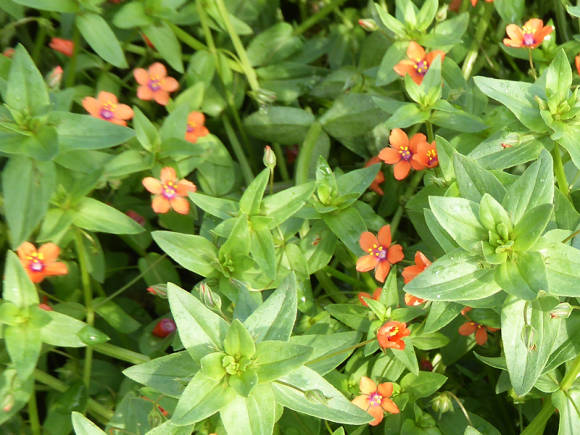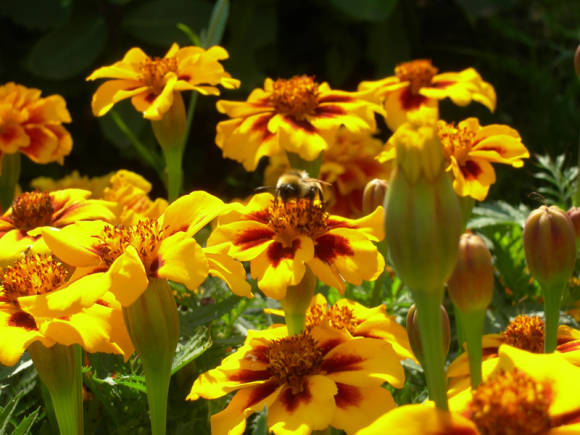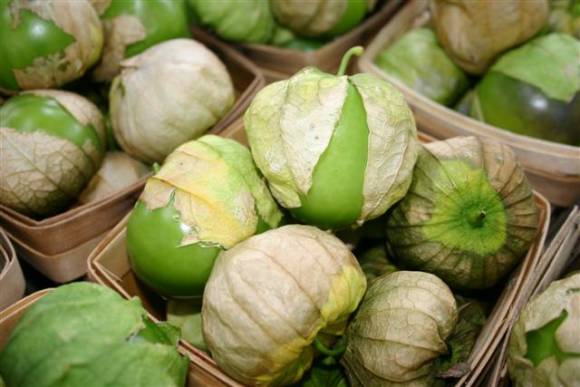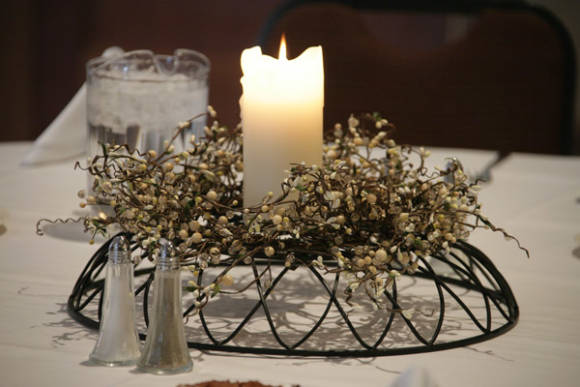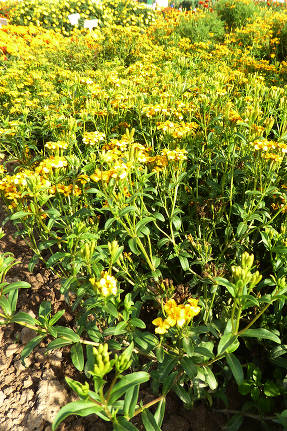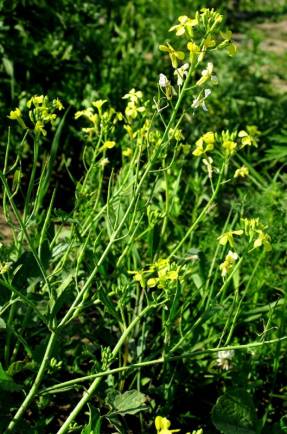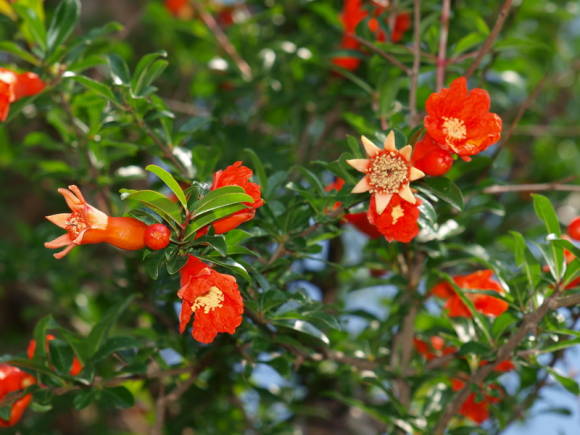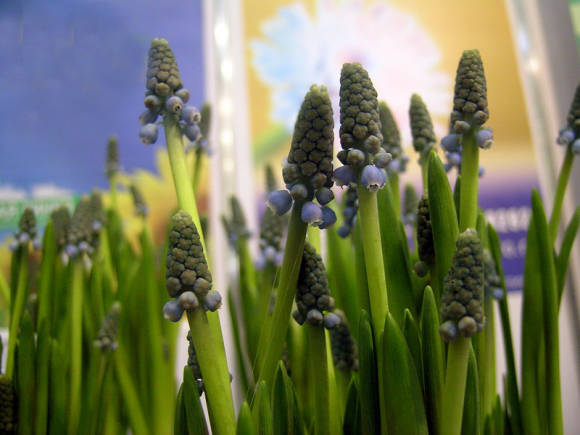 |
Muscari is a bulbous plant, the inflorescence of which leads an ephemeral life: for 9 months it forms in the bulb, and only about a month is shown above the ground. After flowering, the aboveground part of the plant and the roots die off, and the bulb enters a dormant period, having accumulated resources for the next flowering. In autumn, at a soil temperature close to + 10 ° C, the bulb takes root and hibernates. And in spring, in May, muscari blooms for two weeks, filling flower beds with blue streams of inflorescences.
This plant is perfect for winter and spring forcing from January to April, you just need to "trick" the plant by creating conditions for its development, similar to natural development cycles. The most important step in preparation for forcing is the cooling of the bulbs, which is necessary to set the flower buds of the stem inside the bulb. Without this period, there will be no flowering, only leaves will grow.
Planting material
More than 30 species and varieties of muscari have now been registered. All of them are suitable for distillation, without exception. Most often kicked out: Due to insufficient lighting, the color of flowers in forcing is always not as bright as in the open field. When choosing varieties, you should not chase after rare ones - for example, muscari is grape-shaped with a pink color (Мuscari botryoides var.carneum) the distillation will be paler, almost white, muscari Armenian "Blue Spike" with complex "stuffed" double-flowered tassels will be looser than in the open field, as well as the varieties "Fantasy Creation" and "Saffier", which can still and disappoint with the pallor of a bluish-green color. It is best to drive out the brightest varieties, blue or white, although the Oche "Ocean Magic" muscari with light blue inflorescences looks very luxuriant and delicate in forcing. Planting material for distillation can be used purchased or from your own garden. But it must be properly prepared and properly stored prior to planting for distillation. Grown in their own garden muscari require more complex training. They are dug up in July, after the dying off of the aboveground part, the largest bulbs are selected. It was noted that the bulbs of Armenian muscari 9-10 cm in circumference when forcing give 2-3 peduncles, and muscari Osh with a circumference of 9 cm - as much as 5-7. Muscari broad-leaved, aciniform, crested have smaller bulbs, selected with a circumference of more than 7 cm give 1-2 peduncles. Prepared bulbs are disinfected with a fungicide, dried at + 22 + 24 ° C for 1-2 weeks under a canopy or in another ventilated place (at this time they ripen). Store at + 20 ° C, and from September the storage temperature is reduced to + 17 ° C. If you don't have your own bulbs, acquire materialfor forcing best of all in summer, in August (at this time, the assortment is wider, and there is still time to ensure the necessary temperature conditions). The bulbs are also stored at + 20 ° C in a ventilated place until September, and then the temperature is reduced to + 17 ° C. During storage, high air humidity is unacceptable - the bulbs have thin outer covers that can rot and be affected by penicillosis, rhizoctonia, gray rot. The bulbs on sale have already been treated with a fungicide. It is not necessary to plant mixtures of varieties for distillation, the technology of distillation and the timing of their flowering differ somewhat, and you will not get a colorful "bouquet" of simultaneously flowering plants. It is best to expel each variety in a separate container and then string together at the mature bud stage.Muscari tolerate transplanting well with a lump, they can be placed in a more spacious pot or basket, not only with varieties that are in harmony with each other by the same time, but also with other forcing bulbs (tulips, daffodils, snowdrops, crocuses, poultry), add the missing soil and decorate its surface with sphagnum moss, pine bark, lichen, marbles glass beads or decorative marble chips. But we're getting ahead of ourselves a bit. Muscari can easily be made to bloom at the wrong time. The total period of cooling required for the ripening of flower buds for most muscari is 14-16 weeks, for muscari Oche and crested is slightly less - 13 weeks. Based on this, the planting dates are calculated, depending on the desired flowering period. It is necessary to add another 2 weeks to the cooling period for the forcing process itself (Muscari Oche is driven out for a week longer), so you will get an almost exact date of flowering. In order for the muscari to arrive by March 8, the last date for the start of cooling may be November 10. During this period, it is still possible to purchase bulbs that have lagged on sale, provided that they were stored in a cool trading floor or storage (no higher than + 17 ° C). The cooling period consists of two stages - dry and wet. The cooling mode for different groups is slightly different: It is recommended to plant muscari in pots 4 weeks before the attachment so that the leaves and flower stalks do not grow too long. To reduce the growth rate, it is necessary at the last stage of cooling to reduce the temperature of the content to + 1 + 2 ° C and reduce watering. The same technique allows you to delay forcing at a later date, extending the cooling period. However, it should not be greatly increased - prolonged cold storage promotes the production of more growth hormones - gibberellins, which are responsible for an increase in plant height and leaf length. Such plants will turn out to be less compact, the leaves will begin to fall. Priming for planting muscari, the lightest and simplest composition is used - peat or compost with the addition of sand, deoxidized to a neutral reaction (pH 7.0) with dolomite flour or charcoal. Capacities for planting, they take not very high ones, always with drainage holes, 1-2 cm of sand are poured onto the bottom for drainage, then they are filled with 2/3 wet soil. 5-9 bulbs (at least) are planted in each - muscari inflorescences look better in mass planting. The distance between the bulbs is 0.5-1 cm, i.e., you can plant almost closely. For example, a pot with a diameter of 12 cm can hold 6-8 bulbs with a circumference of 9-10 cm, or up to 10 pieces. with a circumference of 7-8 cm. Many of you have probably purchased Dutch distillation and saw that the bulbs were almost on the surface, only rooted in the ground. Industrial forcing is carried out in conditions of high humidity and using a slightly different technology aimed at maximizing the use of the greenhouse space. With home forcing, the bulbs still need to be buried 1-2 cm into the ground, leaving only the tops outside, otherwise, when rooting, they are pushed out by the roots to the surface. After planting, the bulbs are again watered with water or a 0.2% solution of calcium nitrate (the latter is more desirable, since it makes the stems and leaves stronger). With the end of the cooling period, containers with muscari are transferred to a greenhouse or other room for forcing (10-12 days before the planned flowering period). First, watered and put the pots in a cooler but brighter place (+ 10 + 12оС), after a day they are rearranged to warmer conditions (+ 12 + 15оС) with good lighting. It is desirable to supplement the lighting with special phytolamps or at least fluorescent lamps with a power of 100 W / m2 for 10 hours a day. The lamps are suspended at a height of 30-50 cm above the shoots and raised as the plants grow. The light should turn on and off at the same time. For example, from 8 a.m. to 6 p.m. it is convenient to set this time using a household timer that plugs into an outlet. You can do without additional lighting by placing the muscari on the lightest window sill. To create the desired temperature, the pot is placed in a large transparent plastic container, turning it upside down towards the room and leaning its open side against the cold glass - it will restrict the access of warm room air and keep the coolness coming from the window. But the quality of such distillation is often lower due to fluctuations in temperature and illumination. Distillation lasts 10-12 days. Development takes place at the expense of stocks of bulbs so quickly that the plants do not need to be fed. It should only be watered, avoiding stagnant water. But if you want to save the bulbs for later cultivation, then at the beginning of the addition, feed once with a solution of fertilizer for bulbous plants or with a 0.1% solution of calcium nitrate. The most important thing at this stage is good lighting and coolness, otherwise the leaves stretch out, hang and lose their decorative effect, and the peduncles are weak, with loose inflorescences. The temperature, either day or night, should not exceed + 15 + 16оС. The lower the temperature, the longer the forcing period. At + 15 ° C, it can last only 10-12 days. The closer spring is, the shorter the period of distillation becomes. If the muscari are ready to bloom earlier than the scheduled date, they can be stored in a cool, dark place (at + 2 ° C) for 3-4 days. But even in such conditions, they do not stop growing and they need to be looked after. On the eve of the scheduled date, muscari with buds are again exposed in a warm, bright place, watered with lukewarm water, and the flowers begin to bloom. The flowering of muscari in indoor conditions lasts 7-10 days. The cooler the room, the longer the flowering. If you need to drive out muscari at a later date (for example, by Easter, by the May exhibition), when the plants are already difficult to keep from overgrowing (at this time they bloom already in the open field), you can use a special, "ice" technique, which has been tested only for muscari armenian (having the longest cooling period). For this, the bulbs are stored in the fall at + 23 ° C until October 1, then at + 20 ° C until mid-November-early December. Rooted at + 9 ° C (at least 1.5 months) and, after making sure that the root system has developed well, freeze at -1.5-2 ° C until the required time. During the freezing process, the temperature should be as stable as possible, without any fluctuations, therefore this method is most suitable for industrial controlled conditions. Defrost, gradually increasing the temperature, and put on an attachment, the duration of which slightly increases. Freezing allows you to shift the timing of distillation, stimulates more amicable flowering, but reduces the quality of flowers. In amateur conditions, this method is sometimes used to adjust flowering plants to any exhibition. It is quite reasonable to want to preserve the bulbs after forcing.To get larger replacement bulbs, after flowering, with the withering of the flowers, you need to scrub them off the peduncles and feed them with a fertilizer solution for bulbous plants. For some time, until the foliage turns yellow, leave them in the same conditions in which the forcing was carried out - with good lighting and a temperature of + 15 + 16 ° C. With the onset of yellowing of the foliage and peduncles, the supplementary lighting is turned off, the temperature of the content is raised to room temperature, watering is stopped and the foliage is allowed to dry. After that, the bulbs are selected from the soil, dried and stored in dry peat at + 17 ° C until the autumn planting in the garden, in September. Bulbs are not suitable for re-forcing, although they grow quite large. The baby is selected for growing only the best - the small one will give a bad tribe. After 2-3 years, you can again select the bulbs for distillation from these plantings.



Cooling period

Planting for distillation
Installation in a greenhouse or on a windowsill


Ice method for distilling muscari
Growing bulbs after distillation
